<< Previous | Displaying results 11-20 of 128 for "Nazi Book Burning" | Next >>
In their drive to rid the country of all that they deemed "un-German," the Nazis publically burned books in cities across Germany. Here in front of the Opera House in Berlin, a chanting crowd burns books written by Jews and leftist intellectuals. Joseph Goebbels, Hitler's minister of propaganda and public information, speaks of the intended "reeducation" of Germany.
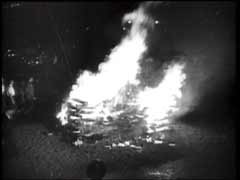

On May 10, 1933, Nazi students at universities across Germany pillaged and burned books they claimed were “un-German.” The targeted books were those they deemed contrary to Nazi goals and beliefs. The book burnings are an example of the regime's eff...
Germans crowd around a truck filled with "un-German" books, confiscated from the library of the Institute for Sexual Science, for burning by the Nazis. The books were publically burned at Berlin's Opernplatz (Opera Square). Berlin, Germany, May 10, 1933.
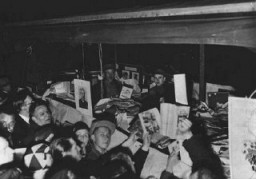
Karl Kautsky was a leading Marxist and Socialist theoretician in the Austrian Social Democratic movement. His books were burned in Nazi Germany in 1933. Learn more.
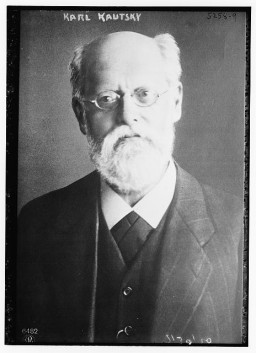
Vladimir Lenin was the leader of the new Soviet government after the Russian Revolution of 1917. His works were burned in Nazi Germany in 1933. Learn more.
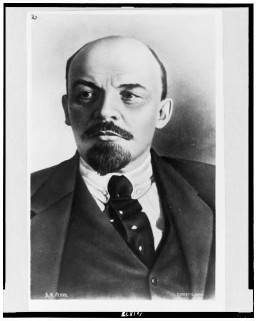
Sigrid Undset was a Norwegian author who won the Nobel Prize for Literature. In part because of her criticism of the Nazi regime, her work was burned in 1933.
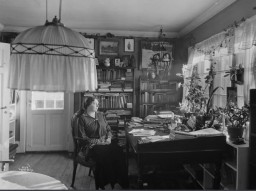
Paul Klee was a German-Swiss painter and graphic artist who taught at the Bauhaus. His art was targeted in the Nazi book burnings and “Degenerate Art” exhibition.
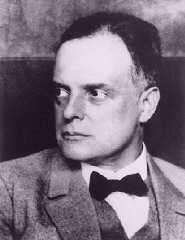
In 1933, Nazi students at more than 30 German universities pillaged libraries in search of boo...
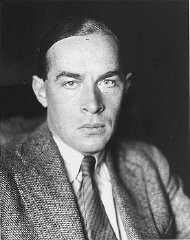
We would like to thank Crown Family Philanthropies, Abe and Ida Cooper Foundation, the Claims Conference, EVZ, and BMF for supporting the ongoing work to create content and resources for the Holocaust Encyclopedia. View the list of donor acknowledgement.